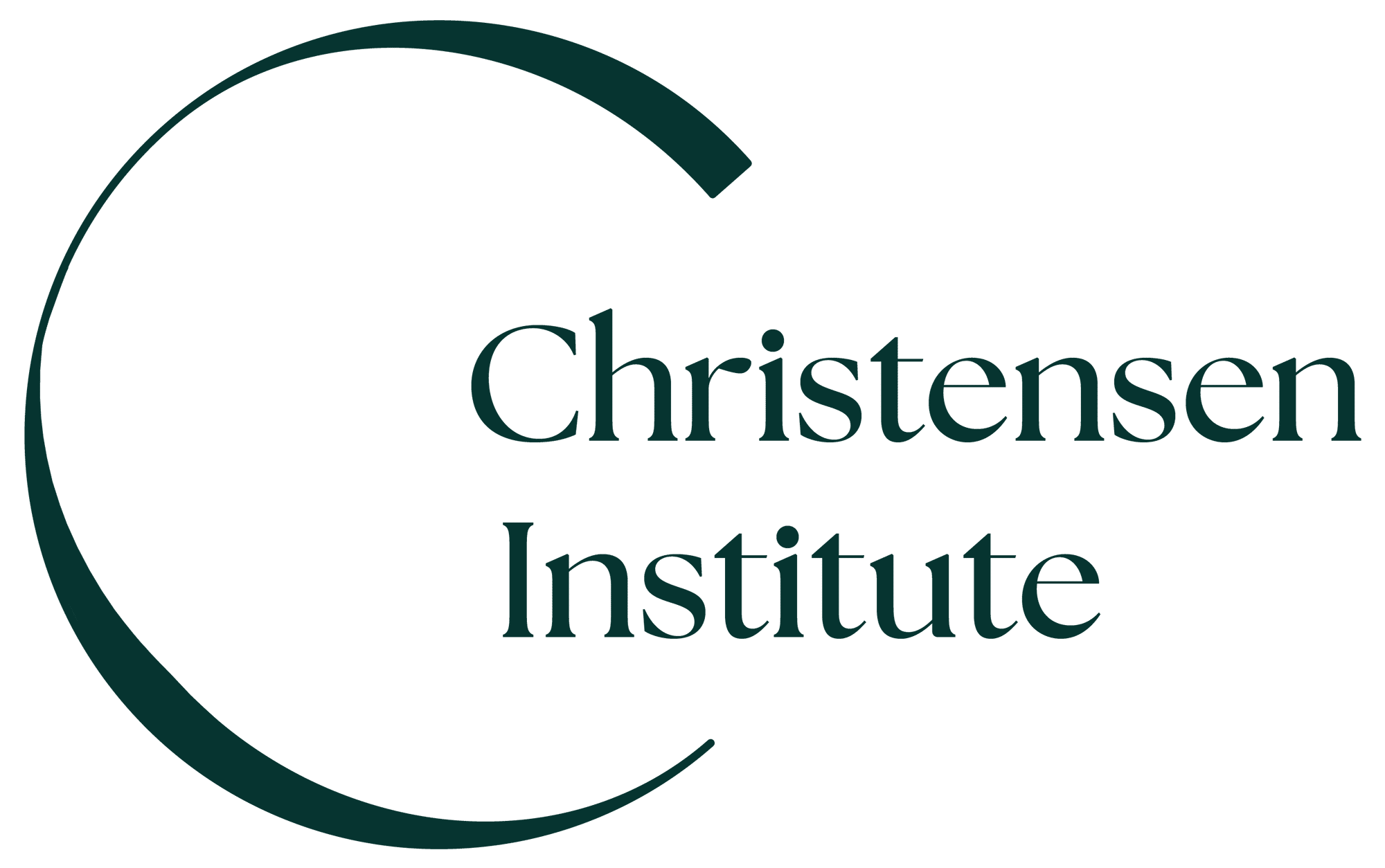You’ve heard that President Trump wants a baby boom, and you’ve likely read about the variety of ideas that have been proposed to Trump aides to achieve this goal. Some of them include a $5,000 “baby bonus” when a baby is born, medals given to mothers who have six or more children (which feels eerily similar to those given in Nazi Germany), teaching classes on the menstrual cycle, etc.
You’ve perhaps also heard the loud cries in opposition to these suggestions and, mostly from nonpartisan mother-led organizations, opposing calls for systemic investments that will make child care affordable, provide paid leave for all, and offer affordable and accessible health care over the life of the child. Notably, with the administration’s proposed cuts to SNAP, Medicaid, and Head Start, we’re moving in the wrong direction to achieve these goals.
I’m going to throw another card on the table and propose that while the latter group’s suggestions seem much more likely to spur women to have more children—which Emily Oster highlights in an excellent analysis of public policies in other countries that sought similar outcomes—there’s still something missing from the discussion. That is how the administration, and how we as America broadly, are measuring success.
Metrics to enhance American livelihoods
The extent to which metrics of success are missing from today’s conversation on how to enhance American livelihoods really struck me when I read Ezra Klein and Derek Thompson’s book on the topic of growth: Abundance. The book looks at our inability to grow as a country, as a result of our failure to build what’s necessary for growth.
The authors account for where modern liberalism went wrong and how America failed to invest in and build what was required to thrive over the past several decades (affordable housing, clean energy, health care infrastructure, scientific breakthroughs, child care, etc.). But, despite finishing a book with a clear call to action to finally invest in these innovations, I was still left with a nagging question of why we truly got into this situation in the first place.
Klein and Thompson point to a variety of drivers behind our failure to build, including extensive bureaucracy, unnecessary processes, evolving political orders, letting perfect be the enemy of the good, and more. But there’s something else they didn’t quite get to.
Notably missing from the dialogue was what Clayton Christensen and Derek van Bever outlined in one of Christensen’s later articles: the measures of success against which we evaluate potential investments are responsible for what we ultimately invest in.
The Capitalist’s Dilemma
Back in 2014, Christensen and van Bever wrote The Capitalist’s Dilemma. If you haven’t read it, I highly recommend it. In essence, it says that despite being awash in capital, business leaders continue to treat capital as though it’s incredibly scarce. As a result, they prioritize investments in efficiency innovations with proven and rapid ROIs, at the cost of investing in market-creating innovations that generate jobs and grow the economy.
Why do they do this? Because of the assessment metrics that guide what they choose to invest in.
The metrics that business leaders have relied on for decades are those that treat capital as scarce and prioritize using it in the most efficient way possible [i.e., Return on Net Assets (RONA), Return on Invested Capital (ROIC), Internal Rate of Return (IRR), Net Present Value (NPV), etc.]. This is short-sighted and creates the Capitalist’s Dilemma: Doing the right thing for long-term prosperity is the wrong thing for investors, according to the tools that guide investments.
And what’s the result of solely investing in efficiency innovations? An economy that stagnates.
How is this relevant to today and the topic of spurring American women to have more babies?
For several years, the US has fallen prey to the Capitalist’s Dilemma. We’ve over-invested in efficiency innovations (e.g., smart grid technology, updated air traffic control systems) at the expense of investment in market-creating innovations (e.g., clean energy infrastructure, affordable housing). We’ve treated capital like it was scarce when, in fact, it was abundant.
Without different metrics of success guiding our investments, we won’t get a different outcome.
Metrics of success required to increase birth rates
So, if the current administration wants a different outcome—one where birth rates are rising, not falling—we need a different environment with different incentives. We need an environment where people, businesses, and the government are incentivized to invest in building. And that includes building families or having children. Few people looking at their personal budgets will make the decision to “build”—to have more, or any children—if they clearly can’t afford it.
A medal won’t change their mind.
A one-time $5,000 bonus won’t change their mind (After food and diapers alone, the “bonus” is already spent in less than two years)
A class on how the menstrual cycle works won’t change their mind.
It’s really unclear to me (even as a parent) what real incentive the American government thinks it offers parents to have children. Americans want and need to feel that they can succeed in providing a good life for both themselves and their children before they decide to have them.
And until businesses and governments change the measures of success that determine where they invest their money, declining birth rates don’t seem likely to improve anytime soon. In short, America won’t invest in the infrastructure that would lead people to want to have more babies if leaders don’t change the metrics that drive their decisions about where they invest.
Until the live birth rate—or child care affordability, or health care access, or the percentage of parents that receive paid leave, or the percentage of mothers who survive the first year of motherhood—becomes more important to our society than the NPV or IRR of our investments, a baby boom won’t occur.
It’s that simple. We literally won’t grow as a nation until we change how we define success.



